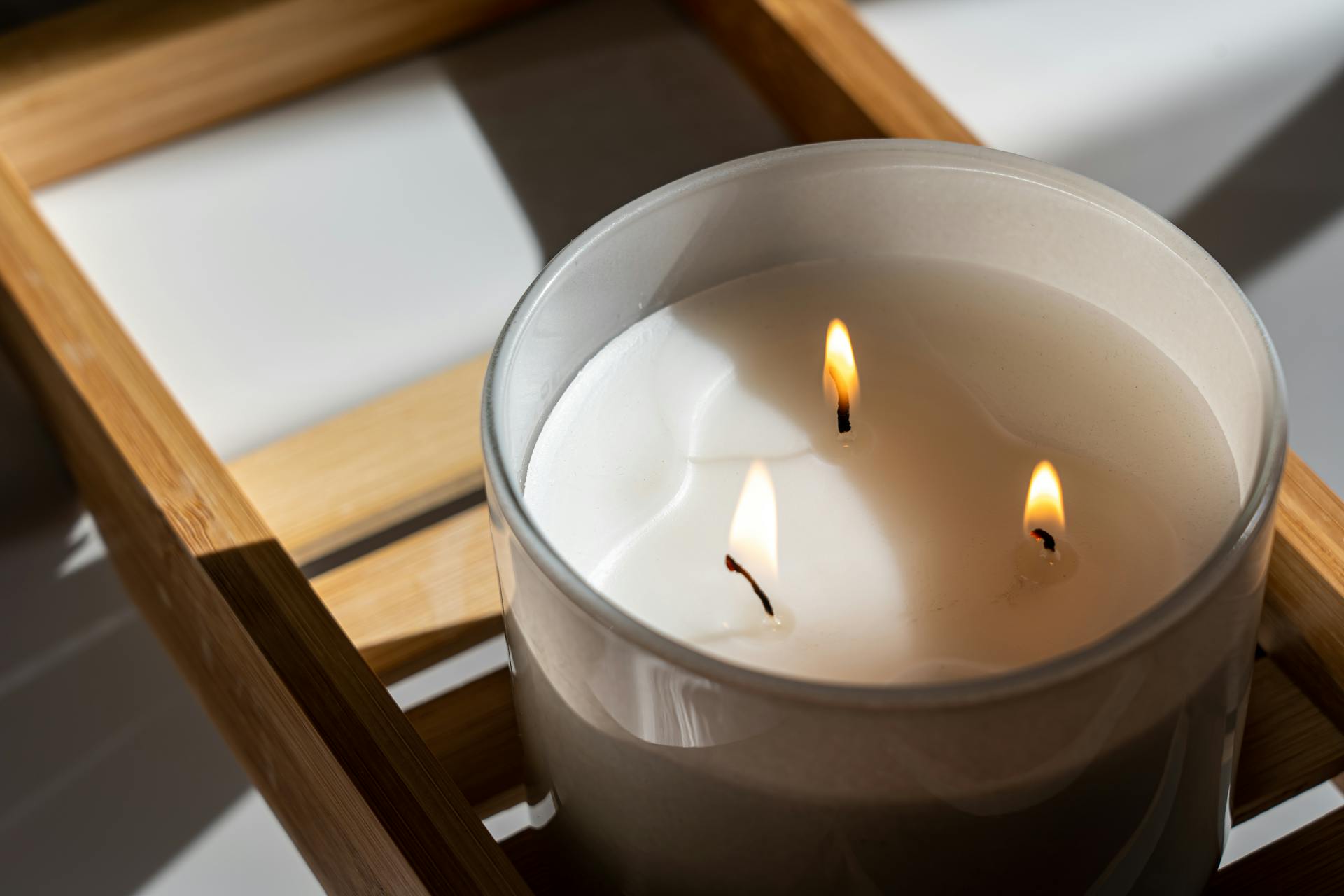

Question: How Bad are Candles For Indoor Air Quality?
Answer: How bad candles are for indoor air quality depends on the type of candle and the duration of burning. Paraffin wax candles release potentially harmful pollutants. Soy or beeswax candles are generally better alternatives.
Understanding Candle Emissions
Candles, a seemingly innocuous source of ambient lighting and fragrance, can significantly impact indoor air quality. Their popularity belies a complex interplay of factors determining their effect on the air we breathe. This exploration delves into the scientific understanding of candle emissions and their potential health implications, particularly within the confined space of a home.
The Chemistry of Candlelight
Candle combustion, a seemingly simple process, involves a complex chemical reaction. Paraffin wax, a common candle base, releases various volatile organic compounds (VOCs) when burned. These VOCs include aldehydes, benzene, toluene, and other potentially harmful substances. The specific composition of these emissions varies based on several factors:
Wax type:
Paraffin wax, soy wax, beeswax, and other types each produce a unique VOC profile. Soy and beeswax candles generally release fewer pollutants than paraffin wax candles.Fragrance oils:
Added fragrances, often synthetic, can significantly increase VOC emissions and contribute to respiratory irritation or allergic reactions. Phthalates, a group of chemicals often found in artificial fragrances, are particularly concerning due to their potential health effects.Wicks:
The material and design of the wick influence the completeness of combustion and the level of soot production. Metal-cored wicks generally burn more cleanly than cotton wicks.Burning conditions:
Proper ventilation and avoiding drafts improve the efficiency of the combustion process, minimizing pollutant emissions. Poor ventilation can lead to a build-up of harmful substances in the air.
The intensity and duration of candle burning also directly affect the quantity of VOCs released into the environment. A single, short-burning candle may have minimal impact, whereas multiple candles burning for extended periods significantly increase the potential for indoor air pollution.
Click here for more information on a realty specialist in Orangeville
Related Article: Where to Place an Air Quality Monitor?
Related Article: Do Burning Candles Clog Air Filters?
Minimizing the Risks: Choosing Safer Candles
While eliminating all risks associated with candle use might be challenging, consumers can take steps to minimize their exposure to harmful emissions. Selecting candles made from natural waxes such as soy or beeswax is a crucial first step. These options generally produce fewer VOCs compared to paraffin wax candles. Furthermore, choosing candles with natural essential oil fragrances instead of synthetic fragrances further reduces the potential for harmful emissions.
Always ensure the candle is burning correctly; a flickering flame or excessive smoke indicates incomplete combustion and higher pollutant levels. Proper ventilation is critical in mitigating the build-up of VOCs. Never leave candles unattended and keep them away from flammable materials. Adherence to manufacturer’s instructions concerning the safe use and disposal of candles is essential.
Improving Indoor Air Quality Beyond Candles
While candles contribute to indoor air pollution, they are not the only culprit. Other sources, such as cleaning products, building materials, and even furniture, can release VOCs. Implementing strategies to improve overall indoor air quality is beneficial, even if you choose not to use candles.
Ventilation:
Regularly open windows and doors to enhance air circulation and reduce the concentration of pollutants.Air purifiers:
High-quality air purifiers with HEPA filters can effectively remove many airborne particles and VOCs.Houseplant use:
Certain houseplants are known for their air-purifying properties, such as snake plants and spider plants. These can improve indoor air quality naturally.Low-VOC products:
When selecting cleaning products, paints, and furniture, opt for low-VOC or VOC-free alternatives. Check product labels for certifications that signify low pollutant release.
How Bad are Candles For Indoor Air Quality? – A Concluding Note
The question of how harmful candles are to indoor air quality depends greatly on the type of candle, how it is used, and the overall ventilation of the space. While the use of candles presents some inherent risks related to VOC emissions and soot production, making informed choices about the type of candle and its usage, coupled with strategies to improve overall indoor air quality, allows for the responsible enjoyment of candlelight within the home. [ 1 ]
References
1. https://www.iqair.com/ca/newsroom/hidden-dangers-scented-candles/


